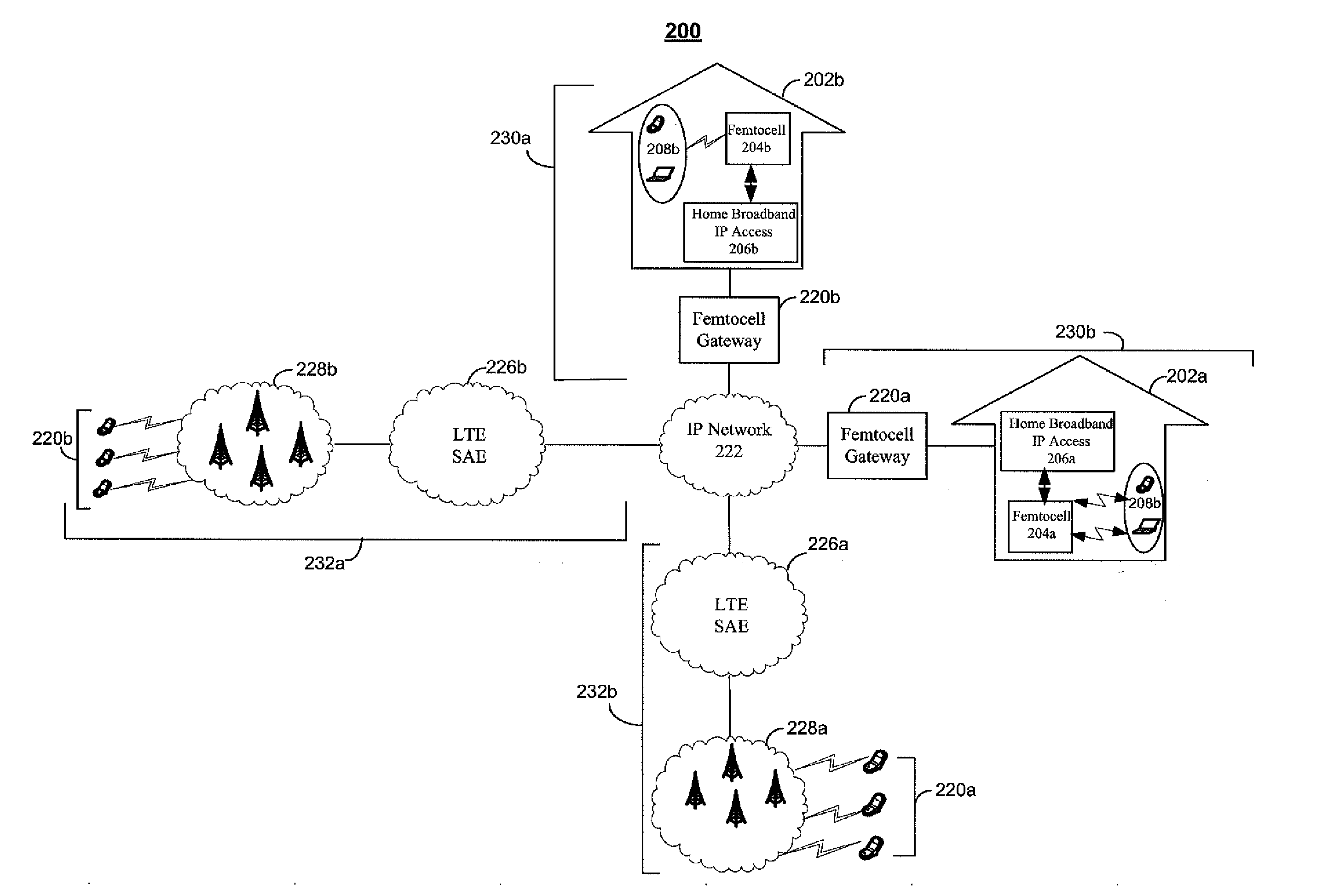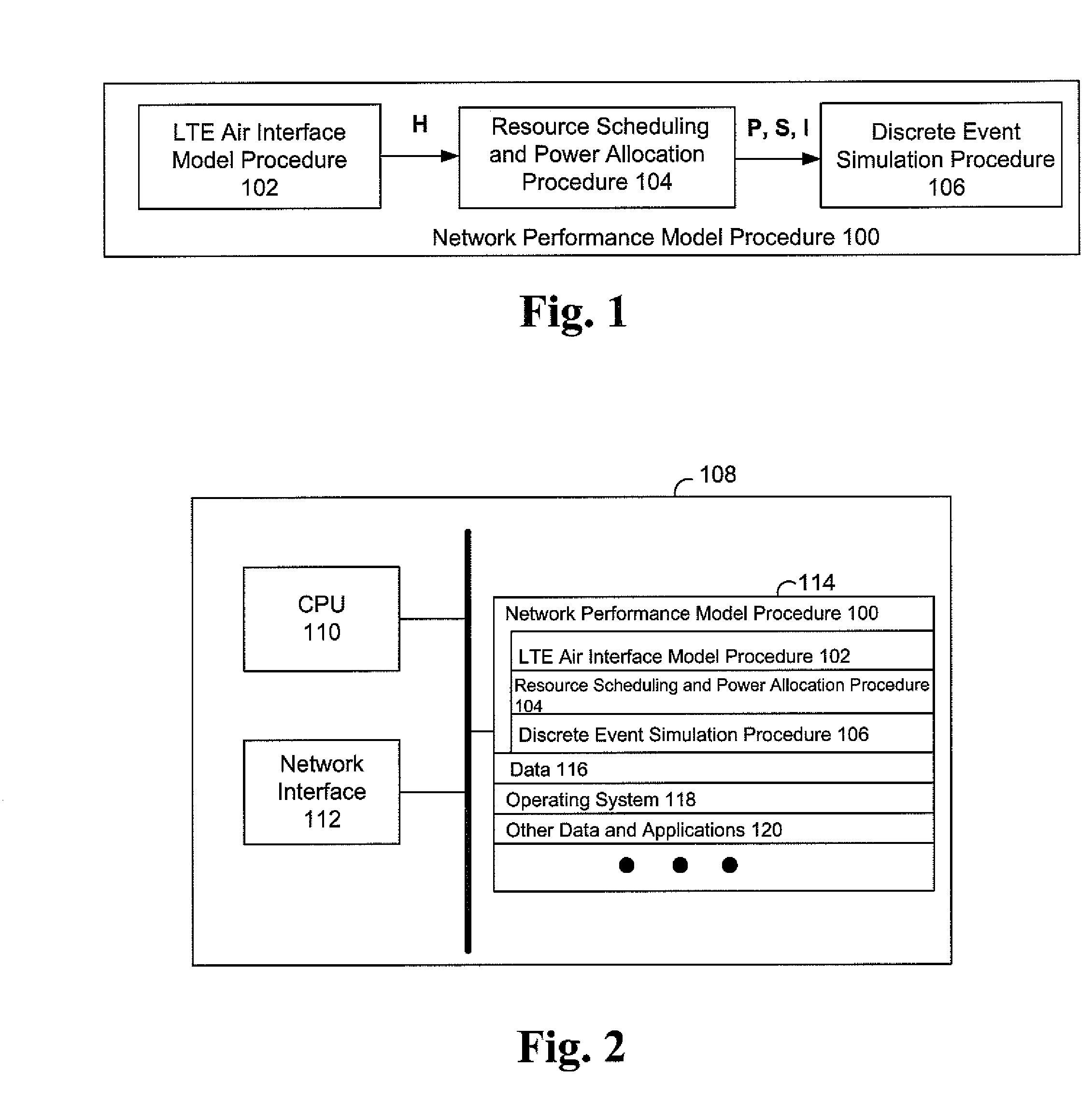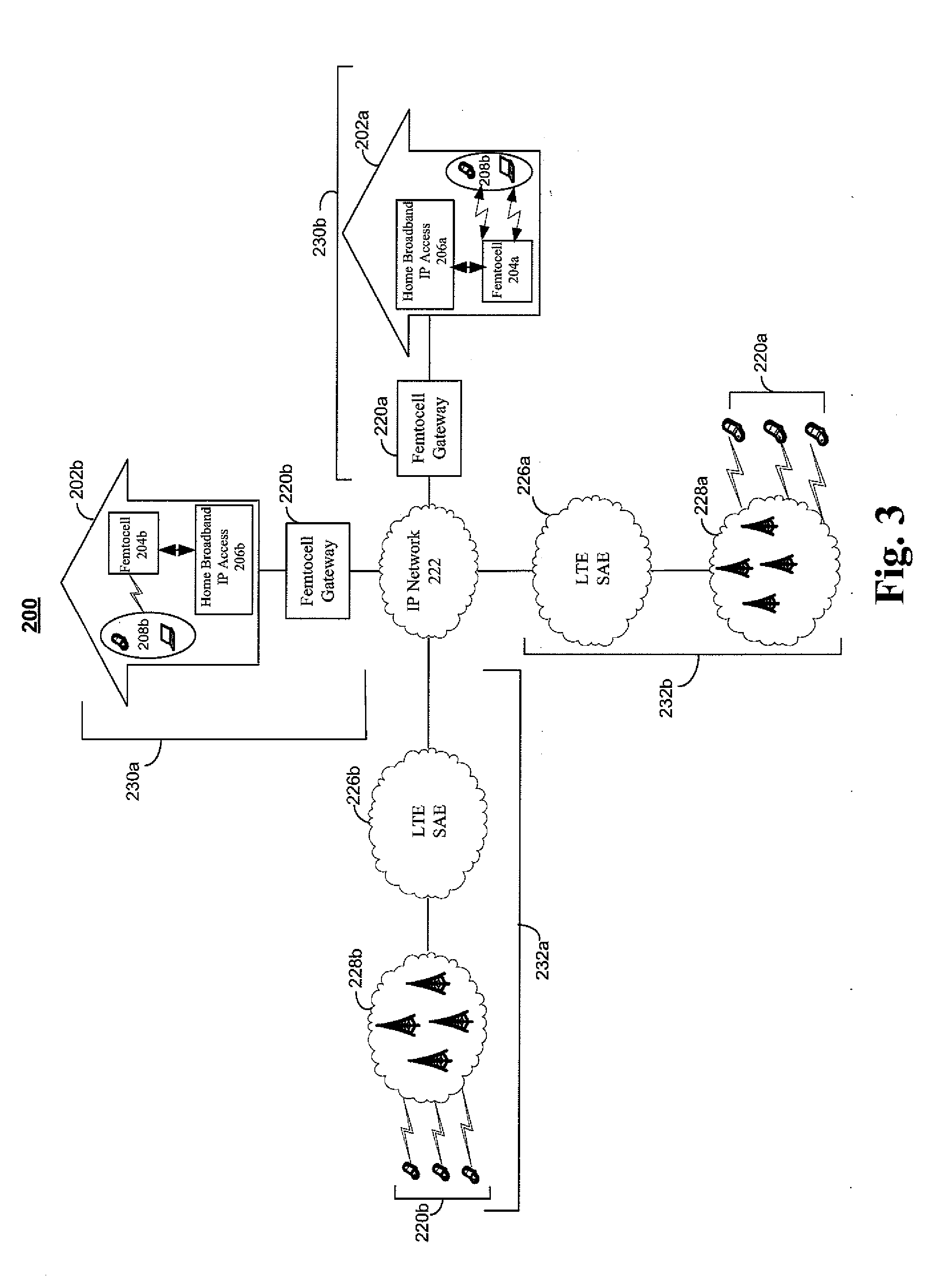System and method for resource allocation of a LTE network integrated with femtocells
a resource allocation and lte network technology, applied in the field of wireless data communication networks, can solve the problems of sacrificing the transmission of other users, complex user scheduling in a lte network, and inconvenient resource allocation techniques for lte networks, etc., to achieve the effect of maximizing data rates and network performan
- Summary
- Abstract
- Description
- Claims
- Application Information
AI Technical Summary
Benefits of technology
Problems solved by technology
Method used
Image
Examples
Embodiment Construction
n">[0016]FIG. 4 is a flow chart of the steps used in the LTE air interface model procedure in accordance with an embodiment;
[0017]FIG. 5 is a flow chart of the steps used in the channel attenuation calculation in accordance with an embodiment; and
[0018]FIG. 6 is a flow chart of the steps used in the resource scheduling and power allocation procedure in accordance with an embodiment.
DETAILED DESCRIPTION
[0019]FIG. 1 is an overview of the methodology used in an embodiment of the present invention. There is shown a network performance model procedure 100, including a LTE air interface model procedure 102, the resource scheduling and power allocation procedure 104, and a discrete-event simulation procedure 106.
[0020]The LTE air interface model procedure 102 is a stochastic geometric model of an exemplary radio network including different propagation scenarios, physical propagation characteristics, and conditions encountered by a radio network in the field. In an embodiment, a stochastic ...
PUM
 Login to View More
Login to View More Abstract
Description
Claims
Application Information
 Login to View More
Login to View More - R&D
- Intellectual Property
- Life Sciences
- Materials
- Tech Scout
- Unparalleled Data Quality
- Higher Quality Content
- 60% Fewer Hallucinations
Browse by: Latest US Patents, China's latest patents, Technical Efficacy Thesaurus, Application Domain, Technology Topic, Popular Technical Reports.
© 2025 PatSnap. All rights reserved.Legal|Privacy policy|Modern Slavery Act Transparency Statement|Sitemap|About US| Contact US: help@patsnap.com



